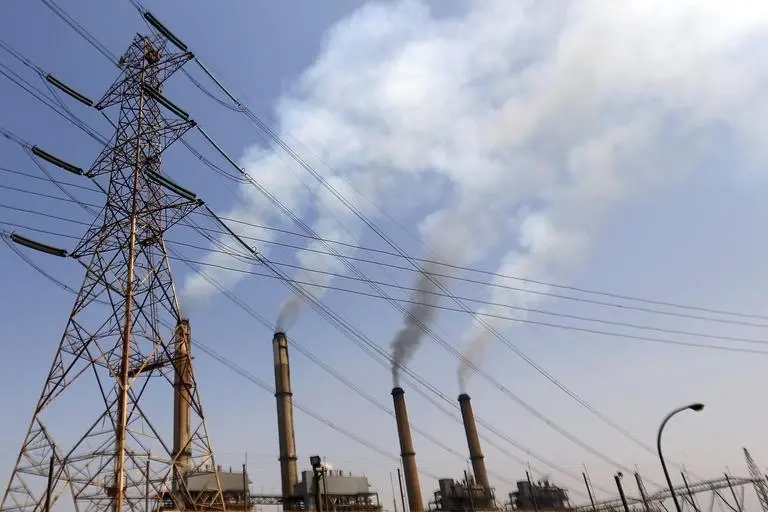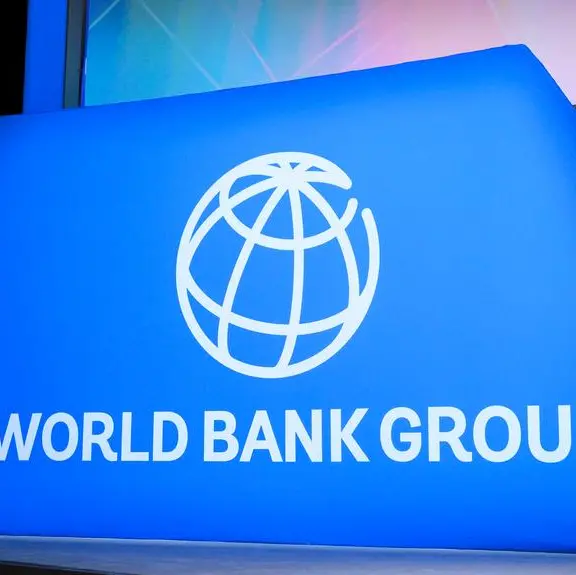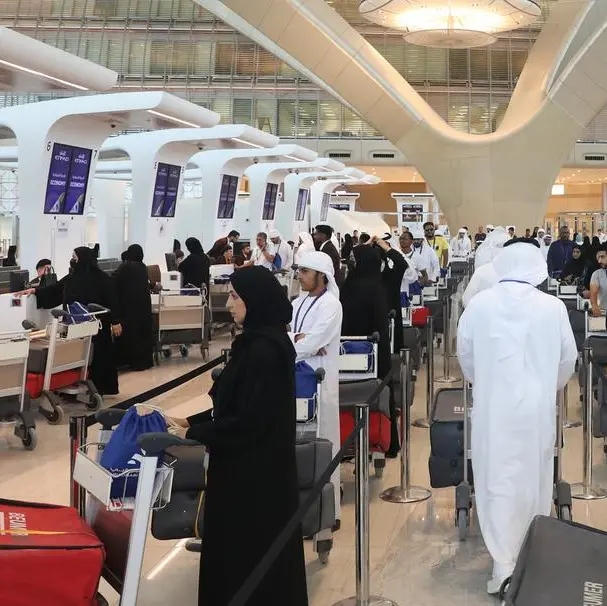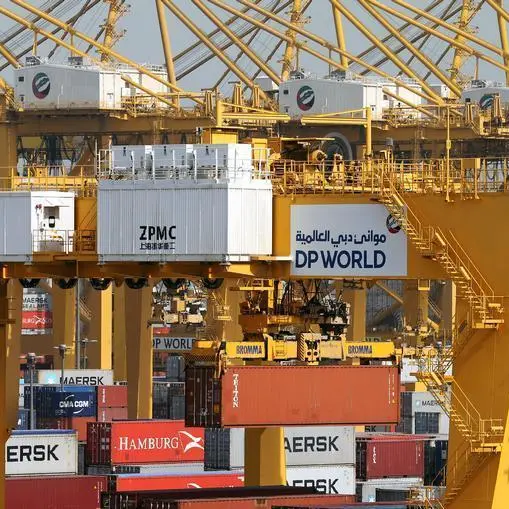PHOTO
Ahmed Kotb reviews a new study about the future of Egypt's electricity sector
"80 Gigawatts of Change: Egypt's Future Electricity Pathways" is a new study by Heinrich Böll Stiftung, a German institution, that analyses the Egyptian electricity sector. The report details seven options for how Egypt's electricity sector could develop over the next 20 years.
The first option, "Business as Usual (BAU)", refers to the current status quo of the given sector and assessing the outcome of applying current rates of growth, consumption and availability of energy sources.
The report considers two different energy demand rates: a normal one and another that assumes that consumption rates will decrease due to increased social awareness, more use of LED lamps, and savings in energy consumption as a result of higher electricity prices. Based on such rates, the report found that the demand capacity in 2035 could reach around 96 gigawatts (GW) with normal growth rates, and 80 GW with energy-efficient rates.
The current energy shortages in Egypt and rising demand make the BAU scenario too costly, the report states, especially with the country's expected progress in developmental terms. BAU means that no new technologies or new additions to the energy mix will be made.
Egypt's current energy mix consists of about 10 per cent from renewable energy sources and the rest from fossil fuels. The report predicts that coal might have a 14 per cent share in the energy mix by 2035 -- although the amount of coal being used for power generation in Egypt is still unclear, the report added.
The second option in the report is "Business as Usual with Coal (BAU+Coal)". The report found that the costs of including coal in the mix far outweigh the benefits of filling the energy deficit due to air pollution issues, site location, and the potential for pollution of environments and communities surrounding areas that the coal will be transported to.
Other consequences, according to the report, include the added cost to and pressure on the national health service, and that building, operating and maintaining coal-fired power stations on a BAU trajectory would cost $15.8 billion more than BAU combined with energy efficiency measures.
Also, BAU+Coal creates roughly 100,000 fewer annual jobs per GW hour than any other option. The introduction of coal to the energy mix will result in an increase in emissions of around 50 million metric tonnes of carbon dioxide due to the dense polluting nature of the fuel in comparison to natural gas.
In December 2015, a long-term goal of limiting carbon dioxide emissions was set out at the UN Framework Convention on Climate Change (UNFCCC) 21st Conference of the Parties (COP21). Egypt was one of the participants that agreed to the goal. Under the Paris agreement, Egypt is due to put forward emissions reduction contributions until a minimum of 2030.
According to the report, Egypt would be left stranded with a coal-reliant infrastructure for its energy needs, without the coal or the money to service energy demand, under the COP21 scenario.
"For a developing country that needs a sustainable source of energy with long-term viability in order to develop, it is concluded that this is an unaffordable legacy to leave from decisions made today," according to the report.
"Towards Zero Carbon (TZC)" is another scenario that offers an insight into transitioning to an electricity system with zero greenhouse gas emissions after 2035. TZC by 2035 includes an energy mix of 54.5 per cent thermal, 5 per cent hydro, 15 per cent wind, 23 per cent solar and 2.5 per cent biomass energy.
This is complemented with existing and planned hydro capacity plus arrays of mini-turbines along moving bodies of water, and the creation of a new fuel source from human sewage and agricultural waste biomass power stations situated locally. This option, however, is state-driven and doesn't offer many opportunities to aid small and medium enterprises and community-owned energy generation.
In order to support the country's efforts to reduce emissions associated with development, the report suggests TZC as a progressive stance that recognises climate change as a threat and an opportunity to increase the sustainability of energy investments with respect for Egypt's natural resources.
The report describes a fourth scenario, which is the "Towards Zero Carbon with Nuclear (TZC+Nuclear)", as the most controversial of all the options, stating it is unviable and unsafe in the Egyptian context. It noted that TZC+Nuclear provides very few jobs and, although it reduces emissions, these emission reductions can be generated more cheaply and with more social and community co-benefits through proven renewable technologies.
The energy mix by 2035 in this scenario includes 2 per cent nuclear, 2 per cent biomass, 4 per cent hydropower, 15 per cent wind, 23 per cent solar and 54 per cent thermal.
"Towards Zero Carbon with Concentrated Solar Power (TZC+CSP)" is a fifth option. CSP and biomass form the decentralised-community and governorate-level energy generation in this mix, which is otherwise made of gas-fired power stations and large wind and solar farms distributed across Egypt.
This is the most expensive option of all, due to the current nascent form of CSP technology, although costs are falling and the potential for Egypt is high because it has one of the world's highest solar radiations.
Still, CSP technology is considered a viable enough option for Egypt to be included in this study. As a result, the TZC scenario was run to include CSP technology instead of nuclear, providing for 1.6 GW of CSP installation by 2035. Accordingly, the energy mix would be 54 per cent gas thermal, 4 per cent hydro, 15 per cent wind, 23 per cent solar PV, 2 per cent for CSP, and 2 per cent biomass.
"Energy independence" rather than "energy security" is preferred by the report as a sixth scenario for Egypt's electricity sector until 2035, because it requires Egypt to be self-reliant in energy provision. Energy security does not require the energy source to be native to Egypt, and the definition of what security of energy requires will continuously shift as external and internal factors change in the world, the report stated.
Aiming to build maximum resilience to external shocks, price volatility and climate change, the "Towards Energy Independence (TEI)" option also maximises renewables, but on a centralised grid using natural gas for the transition to higher levels of renewables from 2030-2050. TEI requires the least oil product imports, has the third-highest rate of job creation and emits the lowest amount of greenhouse gas emissions of all the scenarios in the report.
The results for TEI are very similar to the TZC scenario, except for a doubling of biomass generation capacity. The energy mix here is 52 per cent thermal, 5 per cent hydro, 15 per cent wind, 23 per cent solar, 5 per cent biomass.
"Towards Decentralised Energy (TDE)" is the final option identified in "80 Gigawatts of Change". It offers the most radical departure from the status quo by decentralising energy generation from the national grid and moving towards devolving generation capacity, using renewables, to the government, community and domestic levels, where solar panels can directly feed the demand of an industry, a block of apartments or an oasis.
TDE also offers the highest numbers of annual jobs created per GW hour due to its decentralised and high renewables model.
The energy mix for TDE is 40 per cent thermal energy capacity from natural gas, 5 per cent hydro from the High Dam and microturbines, 15 per cent wind, 35 per cent solar PV and 5 per cent biomass.
Under TDE, the dominance of the centralised grid is diminished through use of micro-grids at the community and building levels. This forms the third level of decentralised implementation, whereby community groups, charities and organisations, worker cooperatives, locals, small businesses, and whole building blocks and compounds could pool resources and efforts to install a microgrid to collectively manage the supply and demand for their mutual benefit.
The report concludes by suggesting that the timeline of these pathways must be extended to 2050, as long-term planning requires timelines relevant to investment decisions that are made for different forms of energy generation, which are 40 years or more on average.
The report also stresses that the existence of fossil fuel subsidies has meant that Egypt's vast renewable energy resources have not had the opportunity to prove their worth, as falsely low fossil fuel prices ensure poor financial viability in comparison, restricting commercial availability to the consumer. As subsidies on fossil fuels are gradually lifted, renewables are expected to blossom in the energy sector.
© Al Ahram Weekly 2016












